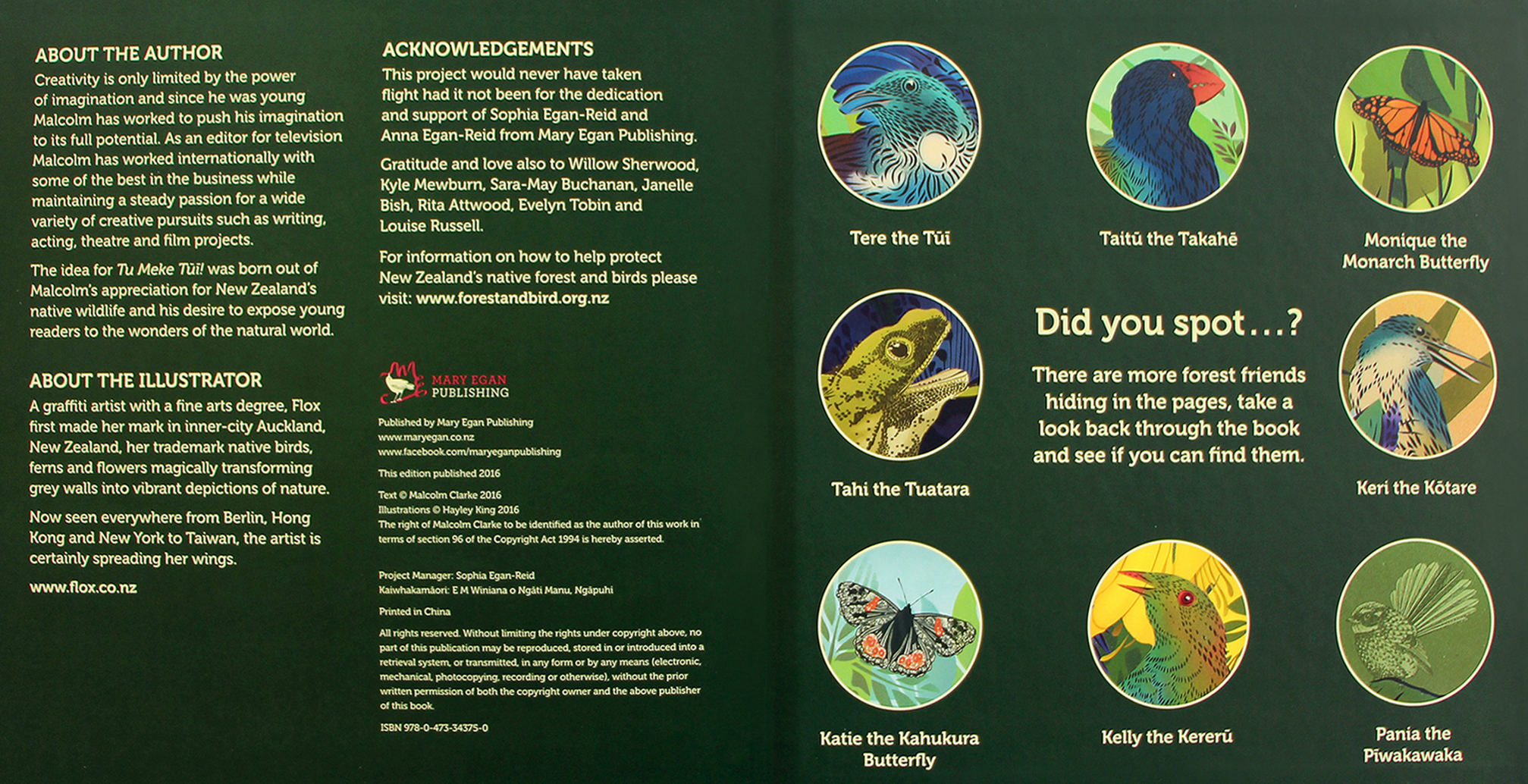- Tui are endemic to New Zealand (found nowhere else in the world).
- While they are found throughout most of New Zealand, they are very scarce east of the Southern Alps in the South Island (South Marlborough, Canterbury and Otago).
- Tui prefer nectar when available, but feed on fruit and insects through the summer/autumn months when these are readily available and they are restricted in foraging distance due to nesting and parenting duties.
- Tui will travel up to 30 km to feed on nectar especially during winter – that is generally when we see them in and around Blenheim and the Wairau Plain, travelling over from the Northbank native forest areas, a distance of about 5 to 10 km.
- Tui court each other through September/October with much diving and duet singing and then nest and breed through November to January back in the Northbank forests. Females build the nest and incubate the eggs but both the male and female feed the chicks. Sightings on the Wairau Plain diminish over this nesting time and the few months immediately after, probably because there is plentiful food in the native forests at that time and tui stay closer to home for a few months while raising and training their young.
- Both parents are kept very busy feeding the two to four very hungry chicks, so their feeding range decreases dramatically – they need a rich food source nearby and therefore need at least one hectare of suitable habitat area to breed.
- The chicks grow fast and fledge from the nest in about 23 days. They stay with their parents for some weeks learning to fly, feed, and sing properly. They often stay loosely together in small family groups, travelling to feed together in winter and nesting near each other in summer.
- Tui pairs and groups tend to nest in the same area each year, however, in Hamilton tui have recently started nesting in new areas around town as habitat has improved so there is no reason why the same couldn’t happen on the Wairau Plains as habitat becomes available in some areas.
- Nests are twiggy structures and usually located fairly high in the outer branches of trees. They are commonly predated on by hawks, rats, possums, stoats and cats. Young fledged tui are also vulnerable to cats.
- Research shows that, like many native bird species, where there is no predator control breeding success rate is low with between 10% to 20% of chicks surviving.

